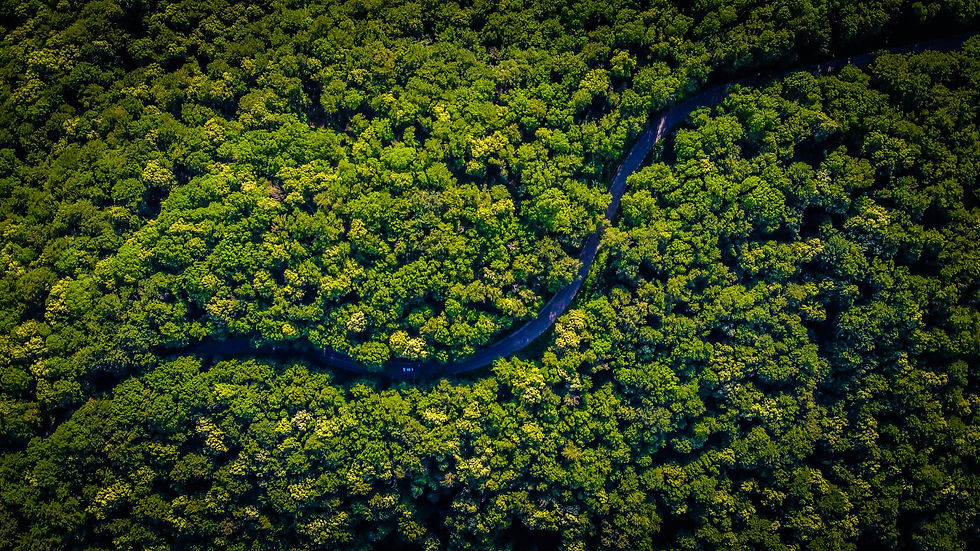A Guide to Accelerating Innovation
- The GFCC

- Mar 11, 2019
- 3 min read
This article is a reproduction of an article originally posted here.

History has proven time and time again that investment of capital, intellect and manpower in large-scale, innovative projects yield great dividends, both in terms of economic prosperity and knowledge generation.
Universities and other institutions of learning are essential and uniquely positioned to support and advance such moonshot-style projects like the Apollo moon landing, to the Graphene Flagship and Large Hadron Collider. With deep talent pools, wide arrays of facilities, and access to creative thinking and problem-solving, universities should dedicate their resources in support of such projects.
With this thought in mind, I recently served as a co-chair on the Task Force on Leveraging Extreme Innovation for the Global Federation of Competitiveness Councils’ University and Research Leadership Forum. Along with my co-chair Edward Byrne, president and principal of King’s College London, we set out to evaluate cases of extreme innovation, both completed and ongoing, to establish an evidence-based framework for universities to succeed in such projects. The findings were recently highlighted at GFCC’s Global Innovation Summit (#GIS2018) in Buenos Aires, Argentina.
Think big
Aim for the stars. When Arizona State University’s School of Earth and Space Exploration and partners applied to NASA for funding for the Psyche Mission, we proposed something that had never been done before. Thanks to ASU’s bold vision, the university is now leading a mission to explore a metal asteroid, which holds promise to answer foundational questions about how planets form.
Instill entrepreneurship
Research that remains in the lab misses opportunities for broader impact. Translating new technologies to market as new processes, services and products is a key component of fully leveraging the results of extreme innovation. Universities should dedicate resources to startup incubators and curricula to imbue students and faculty with an entrepreneurial mindset.
Be transdisciplinary

Leave no stone unturned. Solicit input from everyone, across all fields and disciplines. Break down traditional silos and invite new perspectives. Take the EU Human Brain Project (EU HBP), for instance. Formed in 2013, the EU HBP organized experts from multiple disciplines related to neuroscience, computing and brain-related medicine to better understand the human brain and accelerate research in their respective fields.
These steps will not only result in extreme innovation, but economic benefits as well. In the case of the Psyche mission, advances in communications and data transfer technology is likely. Through supporting entrepreneurship, new companies, services and even markets extend out from technology transfer. EU HBP will advance neuromorphic computing as a basis for robotic applications and neuro-based controlling, leading to exciting new technologies.
It is my belief that knowledge inspires innovation, which in turn results in prosperity. Quite often, knowledge is incubated within universities. Therefore, we should align our resources to realize it.

Dr. Sethuraman “Panch” Panchanathan leads the knowledge enterprise development at Arizona State University, which advances research, innovation, strategic partnerships, entrepreneurship, global and economic development at ASU. Panchanathan was the founding director of the School of Computing and Informatics and was instrumental in founding the medical Informatics Department at ASU. He also served as the chair of the Computer Science and Engineering Department. He founded the Center for Cognitive Ubiquitous Computing (CUbiC) at ASU. CUbiC’s flagship project iCARE, for individuals who are blind and visually impaired, won the Governor’s Innovator of the Year-Academia Award in November 2004.







Comments